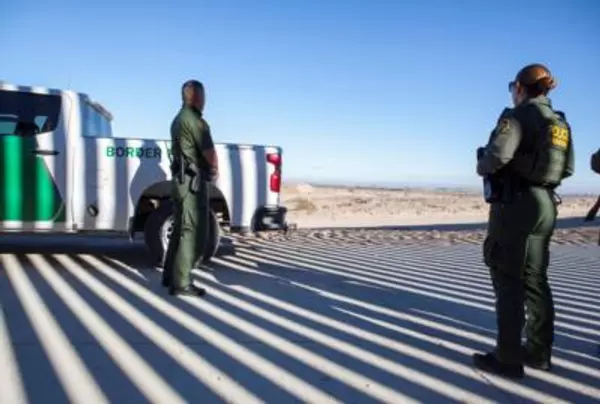Australia, it's time we took a good hard look at ourselves.
The first results of the 2021 census will be released at midnight tonight and there's a lot we're going to learn.
There were 23,401,892 of us back in 2016 when the "digital-first" questionnaire was a #censusfail.
Things went a lot smoother when we filled out another on August 10, 2021 — even if things were a bit of a mess.
New South Wales and Victoria were in lockdown, Western Australia's iron ore curtain was up and the international border had been closed for 17 months.
The 2021 census data will give us a clear picture of just how much the COVID-19 pandemic impacted how we lived, worked and played as a nation.
While we're waiting for the numbers to drop, take a look back at the last snapshot.
The 'typical' Australian
In 2016, the typical Australian was a 38-year-old married mother-of-two who was born in Australia and had English ancestry.
She lived in a capital city in a three-bedroom home that she owned, had two cars, earned $662 a week and had finished year 12.
This fictional profile was based on mode data, meaning it showed what was the top result in each category.
While this type of information is interesting, it does not paint the full picture of Australia's diversity.
For example, Australia's population was mostly middle-aged in 2016, with one in six people aged 65 or over.
Most of the growth in younger age groups in 2016 was driven by migration from Asia.
What we believed in
One-third of Australians said they had "no religion" in the 2016 census.
More than half of Australians identified as Christian. However, there's been a huge shift away from Christianity in Australia over the past 50 years.
The next biggest religions were Islam (2.6 per cent), Buddhism (2.4 per cent) and Hinduism (1.9 per cent).
Where we were from
Back in 2016, about half of Australians were born overseas or had at least one parent who was born overseas.
The top five countries of birth, other than Australia, were England, New Zealand, China, India and the Philippines.
China and India were the biggest sources of migration to Australia.
Country of birth and language spoken at home have historically been the main diversity indicators used by Australian government agencies.
The 2016 and 2021 censuses allowed for two answers to the ancestry question.
Ethnic groups have raised concerns that has meant they have not been counted, but the ABS is looking to capture more ethnicity data in the 2026 census.
The top five ancestries in 2016 were English, Australian, Irish, Scottish and Chinese.
Where we were going
The ACT was the fastest-growing jurisdiction in the country in 2016, while Darwin was the fastest-growing city.
Two-thirds of us lived in capital cities — but that number could be down in the 2021 figures due to people moving to regional areas during the pandemic.
Australia's closed borders, both domestically and internationally, will have disrupted any trends that can predict new results.
Not only could people not move to states such as WA, but migration, which was the main driver of population growth, came to a near standstill because of the closure of Australia's international border in March 2020.
How we got there
Car was king in 2016, with 77.6 per cent of Australians getting either behind the wheel or into the passenger seat for their commute to work.
Trains or trams transported 9.1 per cent of commuters, and 4.1 per cent of people rode the bus — slightly higher than those walking.
This year will look very different, with most Australians travelling a few metres to log on to work in 2021.
Nearly 3 million dwellings had two vehicles in 2016, another stat that could change due to supply chain disruptions and downsizing.
What else is in the new census data?
Key population data from the 2021 census will be released on June 28.
- Aboriginal and Torres Strait Islander people
- Cultural diversity
- Disability and carers
- Education and training
- Long-term health conditions
- Household and families
- Housing
- Income and work
- Location
- Service with the Australian Defence Force
- Transport
- Unpaid work and care
More information on topics including employment and location-based data will be released in October 2022.
The final batch of complex data, including distance to work and socio-economic indices, will be released in early to mid-2023.







